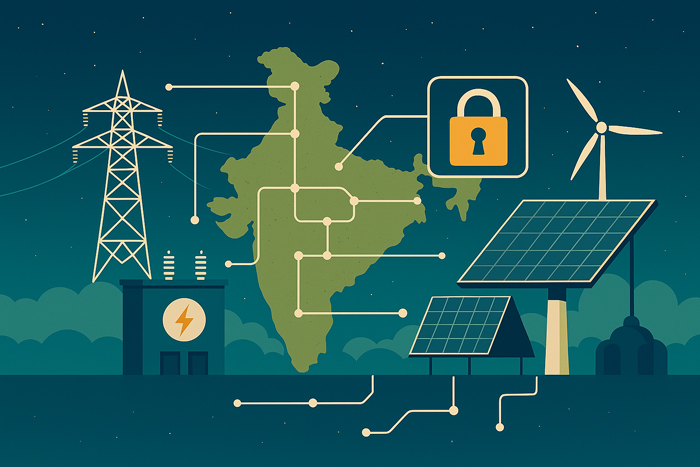While major global economies are advancing digitalised energy frameworks, the India Energy Stack may be the most ambitious attempt by any country to integrate public infrastructure at scale through a unified ‘stack’ architecture.
Following the success of Aadhaar as a national identity card and UPI for digital payments, the government announced an India Energy Stack (IES) for building a unified, secure and interoperable digital public infrastructure (DPI) for the world’s third-largest energy consumer.
As the world’s fastest-growing major economy, and given its commitment to achieve Net Zero emissions by 2070, India’s energy sector faces both unprecedented opportunities and complex challenges. Rapid growth in renewable energy, electric vehicles and consumer participation in energy markets is transforming the sector. However, fragmented systems and a lack of seamless digital integration remain key barriers.
Manohar Lal Khattar, Union Minister for Power, said the move was driven by India’s rising electricity demand, ensuring grid stability and empowering consumers.
“DPI, such as IES, will play a vital role in integrating renewable energy, enhancing distribution companies’ efficiency, and delivering transparent, reliable and future-ready power services. What Aadhaar did for identity and UPI achieved for digital payments, the India Energy Stack will accomplish for the power sector—unlocking seamless, secure and consumer-centric energy services for every citizen.”
A digitalised national energy stack will fundamentally redefine how the country produces, distributes and consumes energy by embedding intelligence, transparency and responsiveness into the entire energy value chain.
The IES is expected to provide a standardised, secure and open platform to manage, monitor and innovate across the electricity value chain. It seeks to offer unique consumer identification, assets and transactions; real-time, consent-based data sharing; open application programming interfaces (APIs) for seamless system integration; and tools for consumer empowerment, market access and innovation.
High-Level IES Task Force
In this regard, the Ministry of Power has also established a high-level task force led by IT bellwether Infosys’ Non-Executive Chairperson, Nandan Nilekani, as Chief Mentor, and former Director General of UIDAI, Ram Sewak Sharma, as Chairperson.
Apart from conceiving the IES, the Ministry will undertake a 12-month proof of concept (PoC) to demonstrate IES through real-world use cases in partnership with selected utilities. This includes piloting the utility intelligence platform (UIP), a modular, analytics-driven application built on IES to support utilities, policymakers and consumers with real-time insights and smarter energy management.
Major global economies such as the US, the EU, China, the UK and Australia have either developed or are advancing digitalised energy frameworks. However, India’s IES may be the most ambitious initiative to integrate public infrastructure at scale under a unified ‘stack’ architecture.
As of June 2025, India’s total installed power generation capacity stands at approximately 476 gigawatts (GW), including both grid-connected and off-grid sources, with a near-even split between fossil and non-fossil fuel sources. The country’s transmission network, meanwhile, spans over 201,000 circuit kilometres, enabling interstate power flow and large-scale integration of renewable energy.


